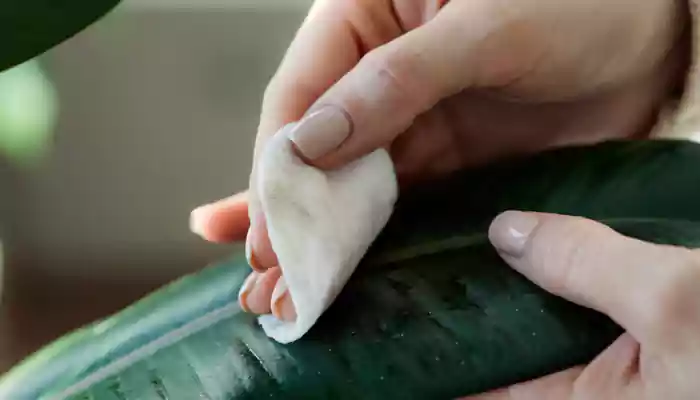Winter Care For Houseplants – Keeping Your Green Companions Thriving
Winter can be a challenging time for houseplants. As the days get shorter and the temperatures drop, indoor plants can suffer from a variety of issues.
- Ishani Karmakar
- 13 October, 2023
- 2 mins ago

Winter Care For Houseplants – Keeping Your Green Companions Thriving
Winter can be a challenging time for houseplants. As the days get shorter and the temperatures drop, indoor plants can suffer from a variety of issues.
However, with a little care and attention, you can ensure your green companions remain healthy and vibrant throughout the colder months. Here's a comprehensive guide on winter care for houseplants.
Understand the Light Needs
Shifting Sunlight
During the winter, the angle and intensity of sunlight change. This can affect plants that rely on consistent light exposure.
Move your plants closer to south-facing windows where they can get maximum light. Rotate plants every week to ensure all sides get equal sunlight. If natural light is scarce, consider using grow lights to supplement.
Modify Watering Routines
Reduced Thirst
Plants generally grow slower in winter and, as a result, need less water. Overwatering can lead to root rot, a common issue during colder months.
Always check the soil before watering. If the top inch is dry, it's time to water. Reduce the frequency and be cautious not to let the plant sit in water.
Maintain Optimal Humidity
Dry Indoor Air
Central heating can dry out the air in your home, which most tropical houseplants dislike.
Use a tray filled with water and pebbles and place your plant pot on top. As the water evaporates, it increases the humidity around the plant. Regular misting and grouping plants together can also help maintain humidity levels.
Keep Temperatures Steady
Avoiding Cold Drafts
Houseplants are sensitive to sudden temperature changes.
Keep plants away from drafty windows, doors, and heating vents. Most houseplants prefer a temperature range of 60-75°F during the day and 55-60°F at night.
Fertilize Sparingly
Slower Growth Rates
With reduced light and growth, plants use fewer nutrients.
Hold off on fertilizing or do so sparingly. If you choose to fertilize, use a half-strength solution. Resume regular feeding in the spring when the growth picks up.
Prune and Clean

Dusty Leaves
Dust can accumulate on leaves, blocking essential light.
Regularly wipe the leaves with a damp cloth to remove dust. This not only helps with photosynthesis but also reduces the chance of pest infestations. Prune any yellow or dead leaves to redirect energy to healthier parts.
Monitor for Pests
Unwanted Guests
Pests, like spider mites and mealybugs, can become a problem in winter due to the warm, dry indoor conditions.
Regularly inspect your plants. If you notice pests, isolate the affected plant to prevent them from spreading. Use insecticidal soap or neem oil as a natural remedy.
Consider Repotting After Winter
Preparing for Spring
Winter is not the ideal time to repot as plants are in a dormant phase. However, come spring, they'll be ready for a growth spurt.
As winter ends, check if your plant has outgrown its pot. If the roots are circling at the bottom, it's a sign that the plant needs a larger home. Repotting also gives you a chance to refresh the soil and provide essential nutrients.
Give Them a Vacation
Short Breaks
On warmer winter days, consider placing your plants outside for a few hours. This can rejuvenate them, providing fresh air and a change of scenery.
Ensure the outdoor temperature is suitable and place them in a shaded spot to avoid direct sunlight, which can be too intense after being indoors.
Houseplants bring a touch of nature indoors, purifying the air and elevating our mood. By following these winter care tips, you'll ensure your green companions not only survive but thrive during the chilly months. Remember, the key is to be observant, understand their needs, and adjust care routines accordingly.





